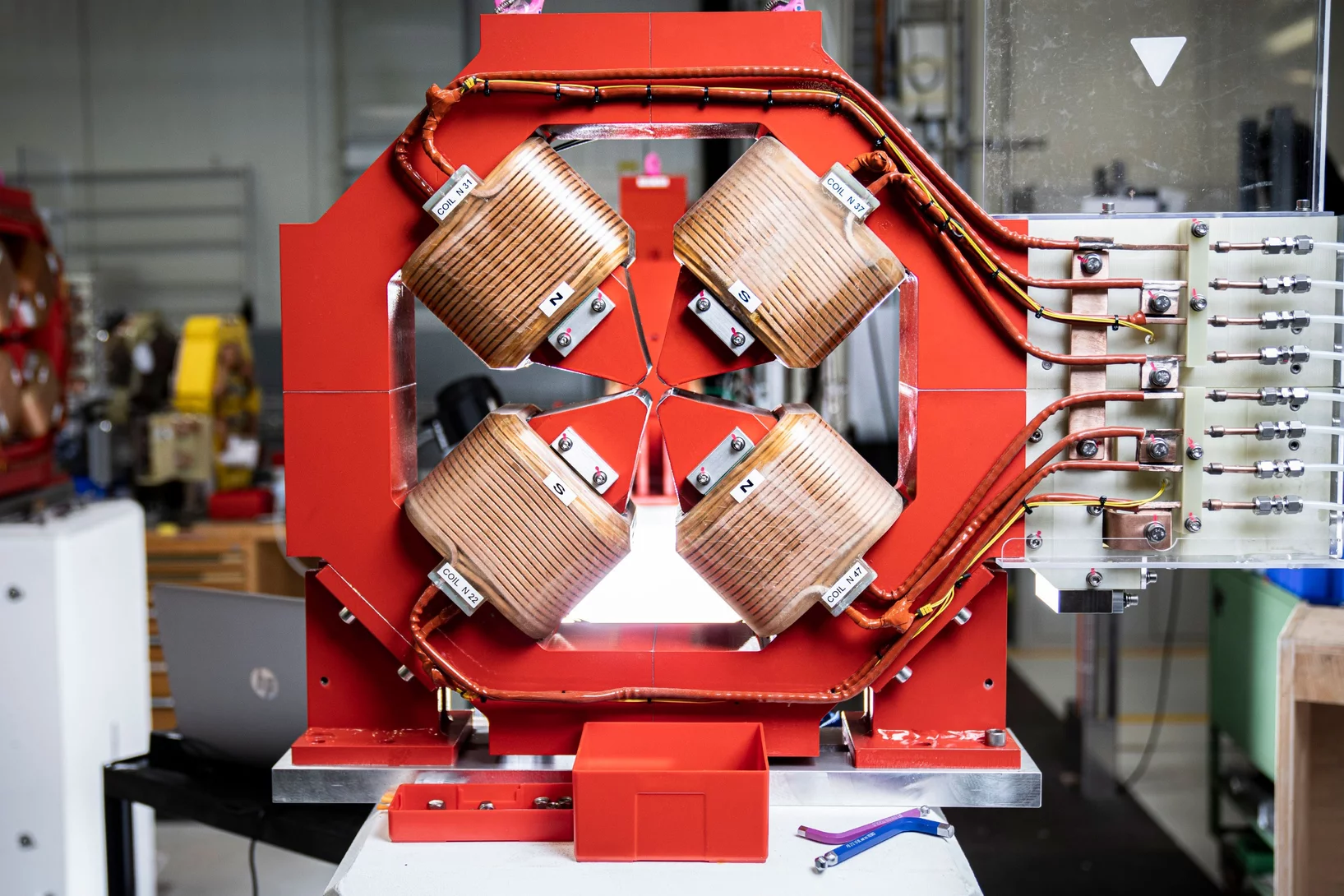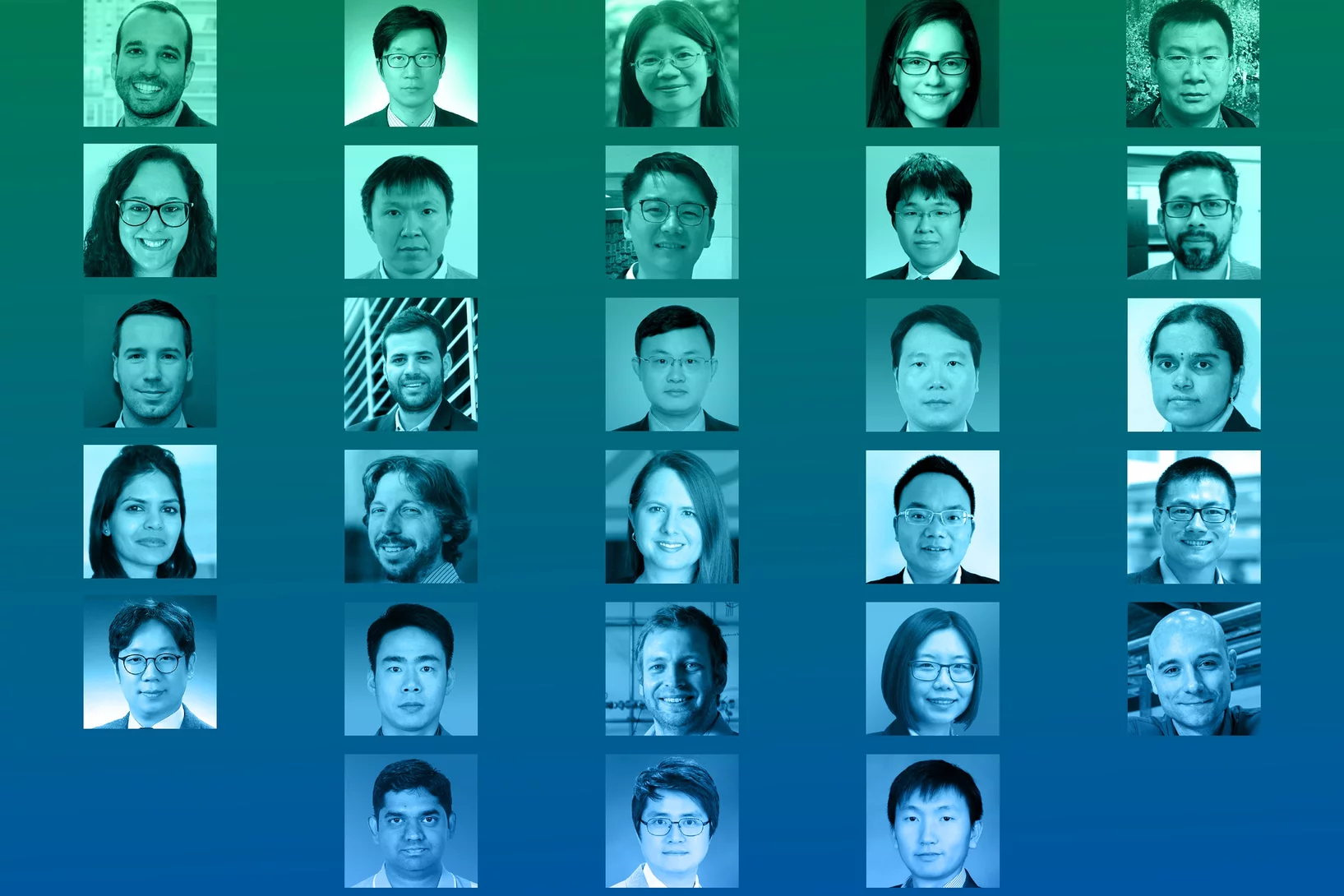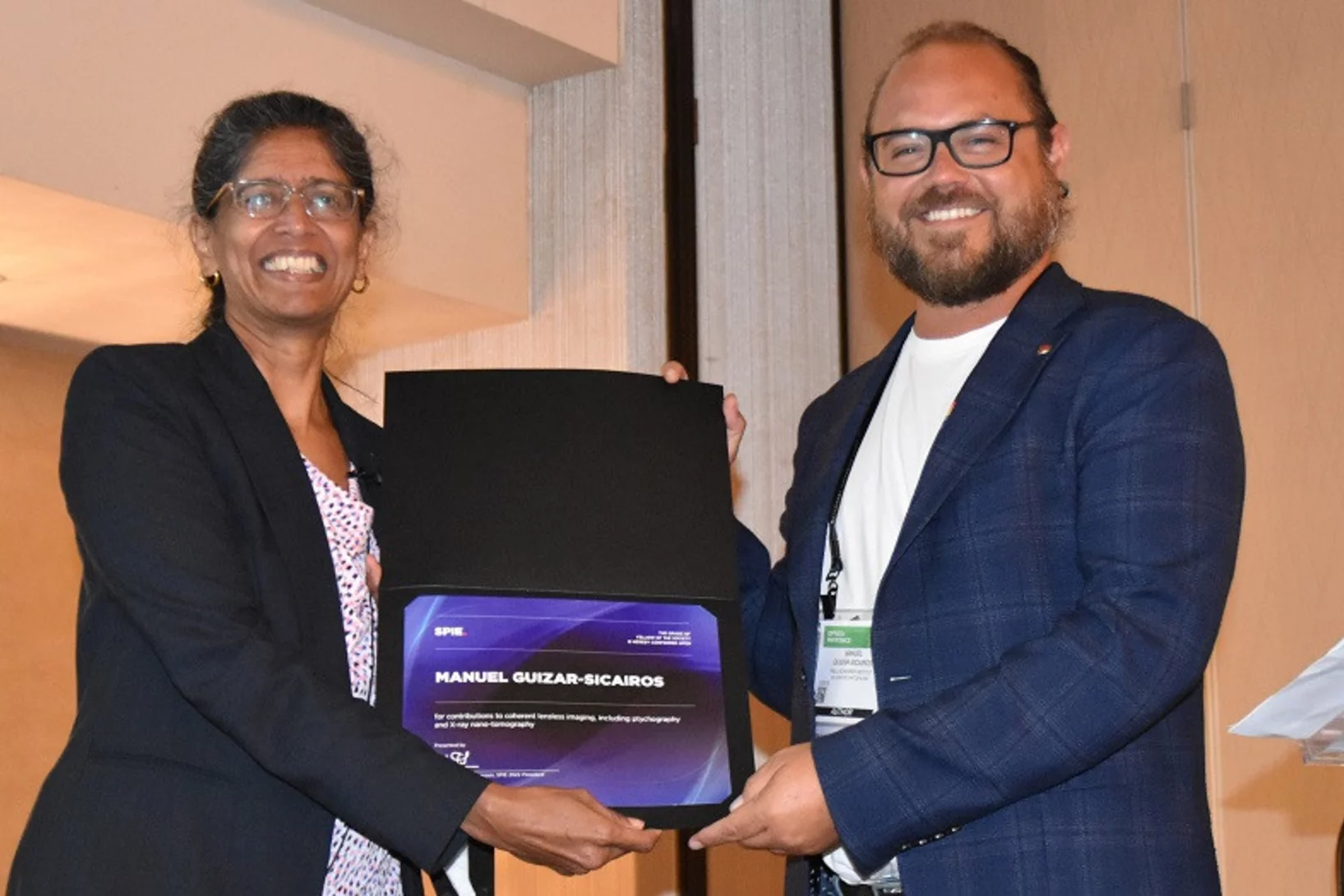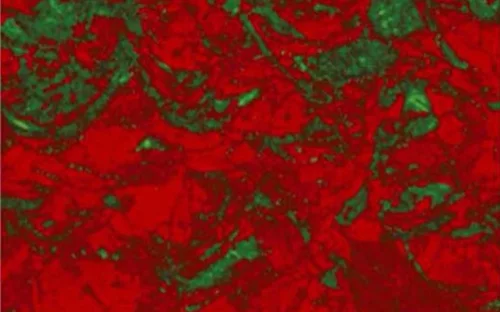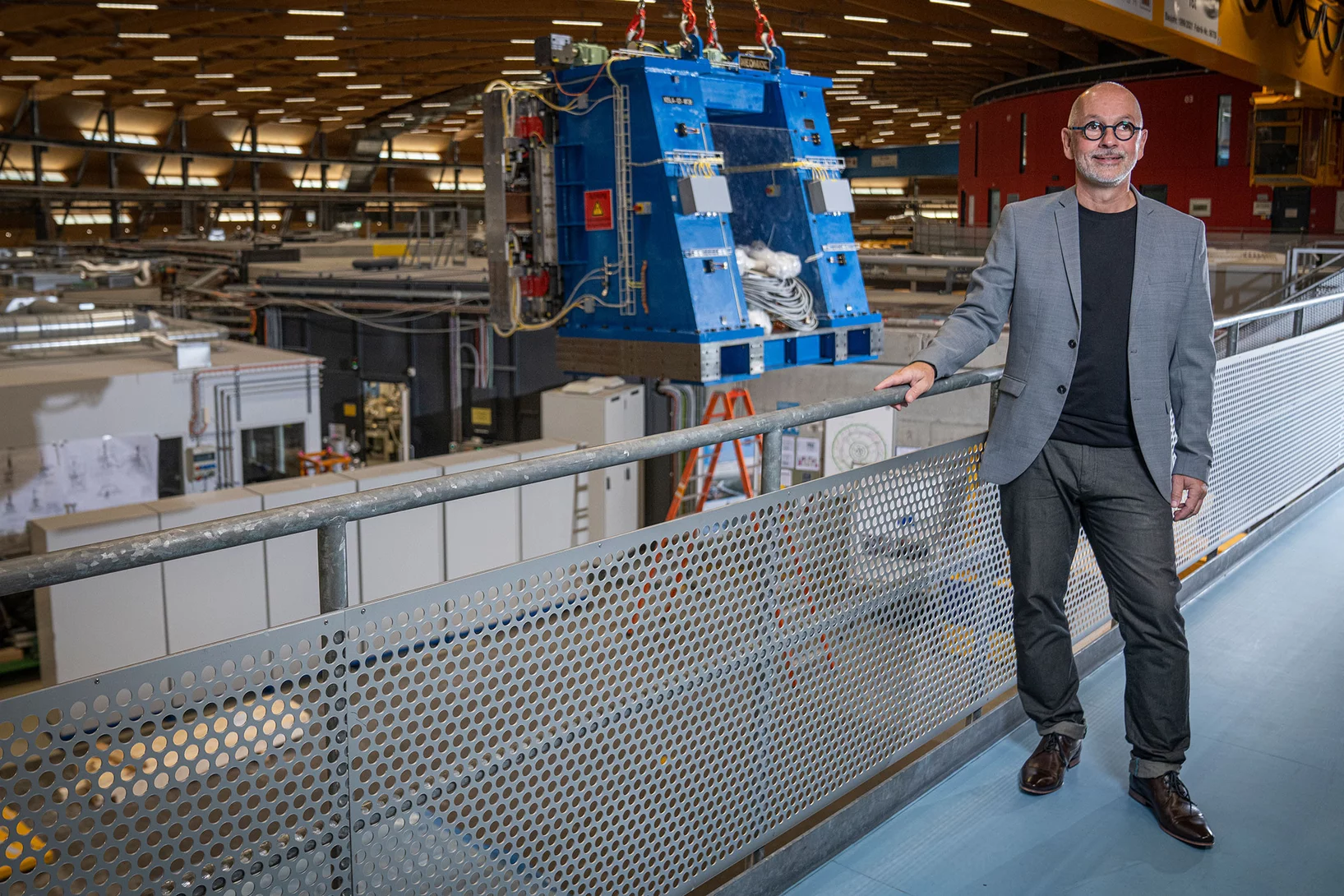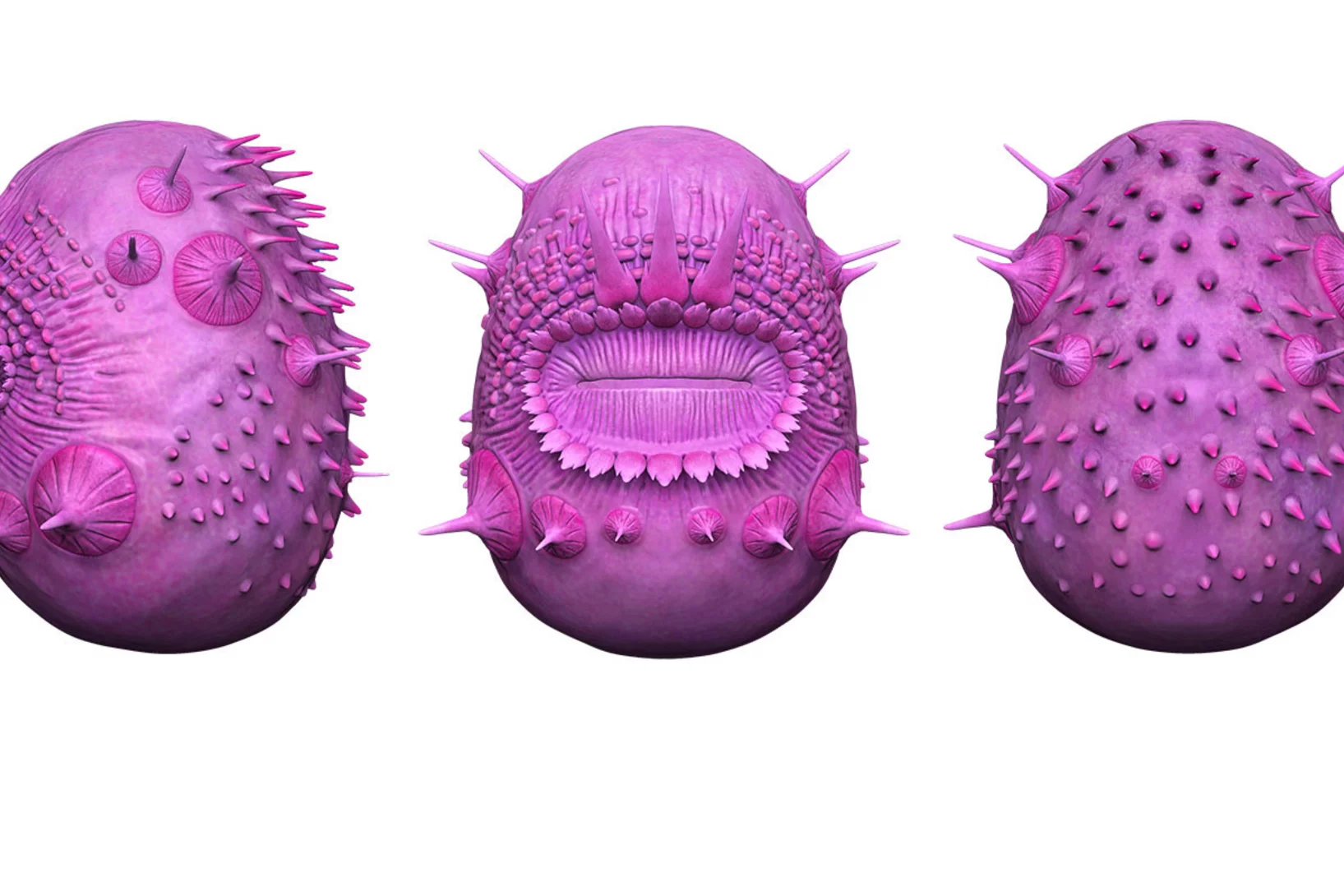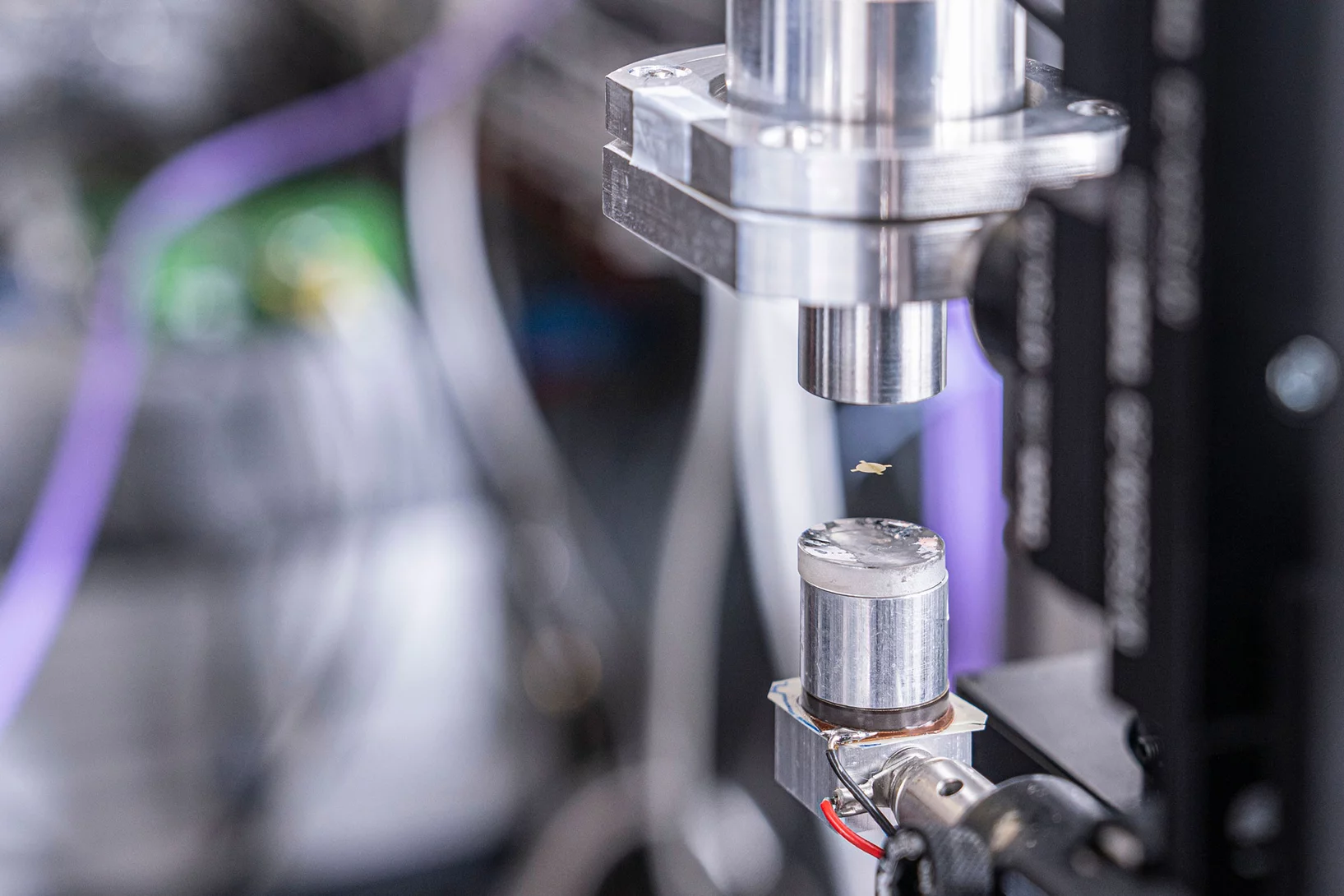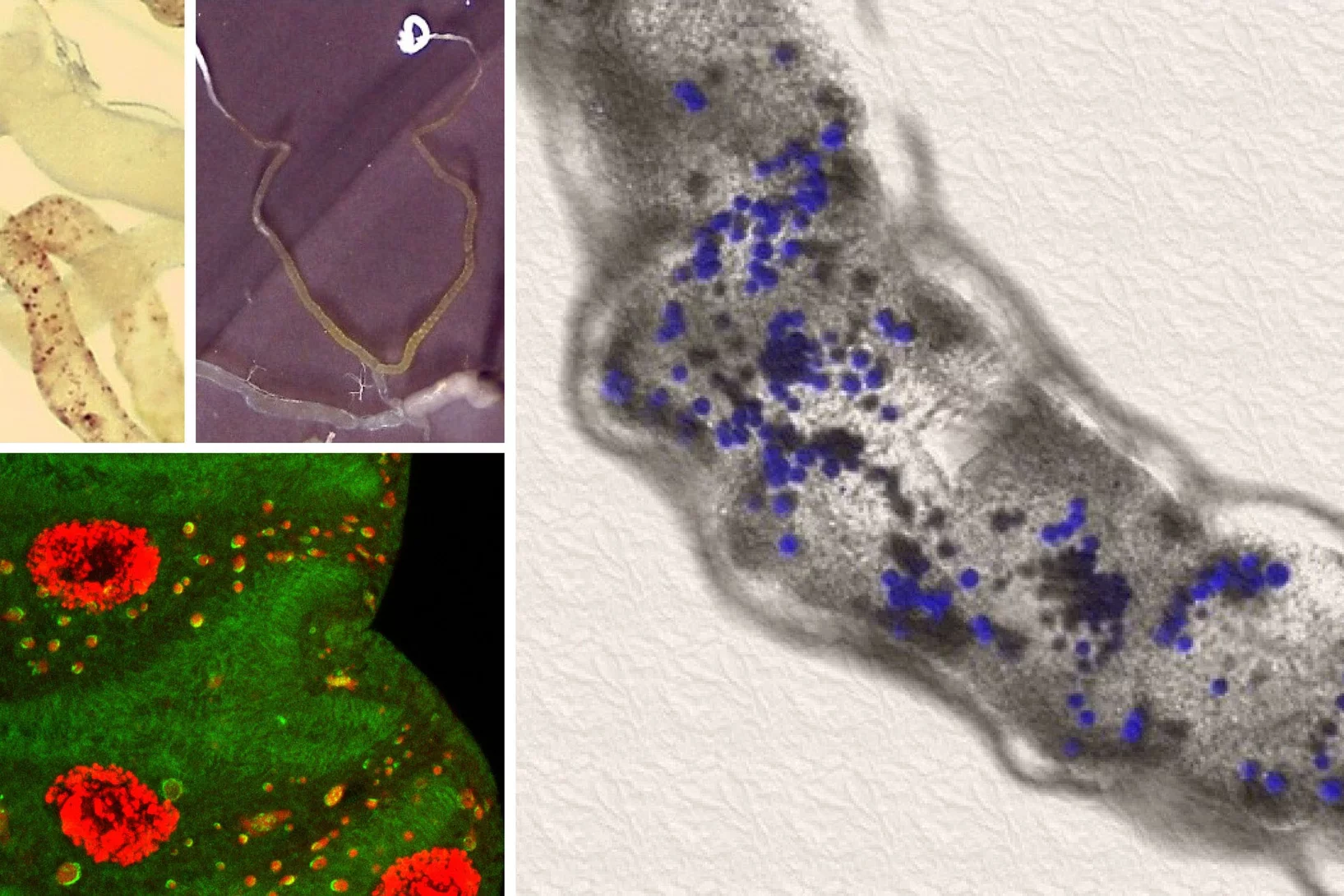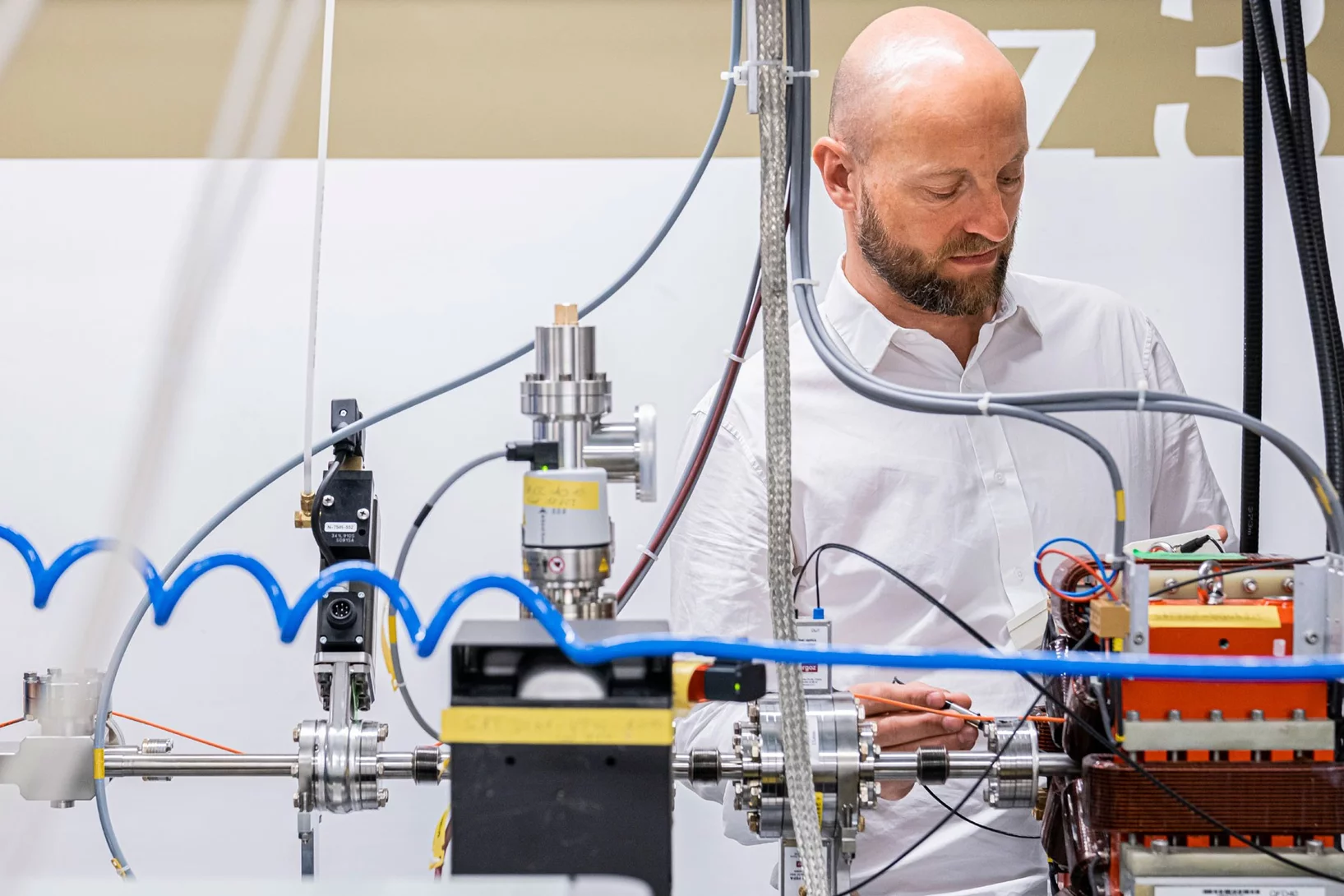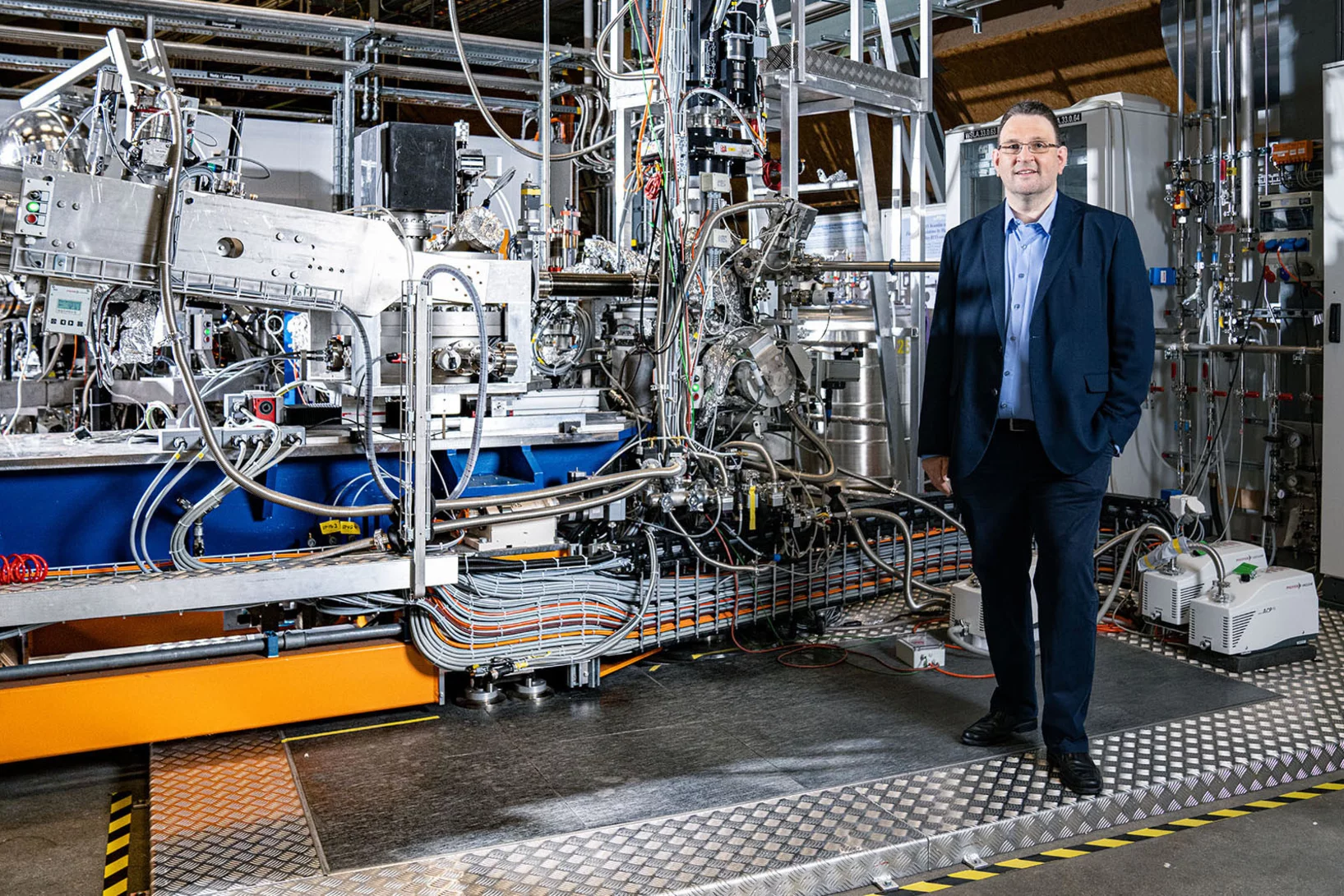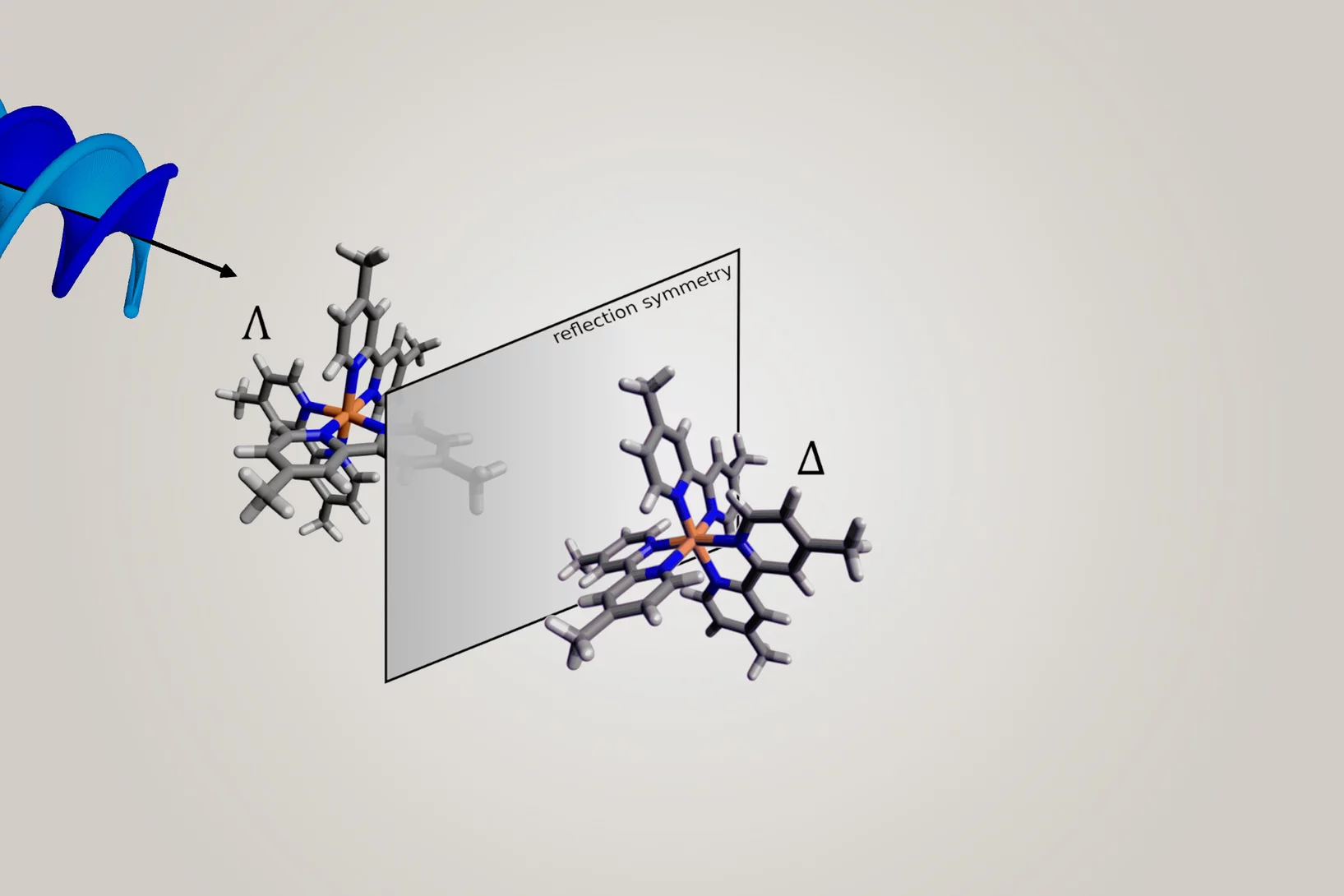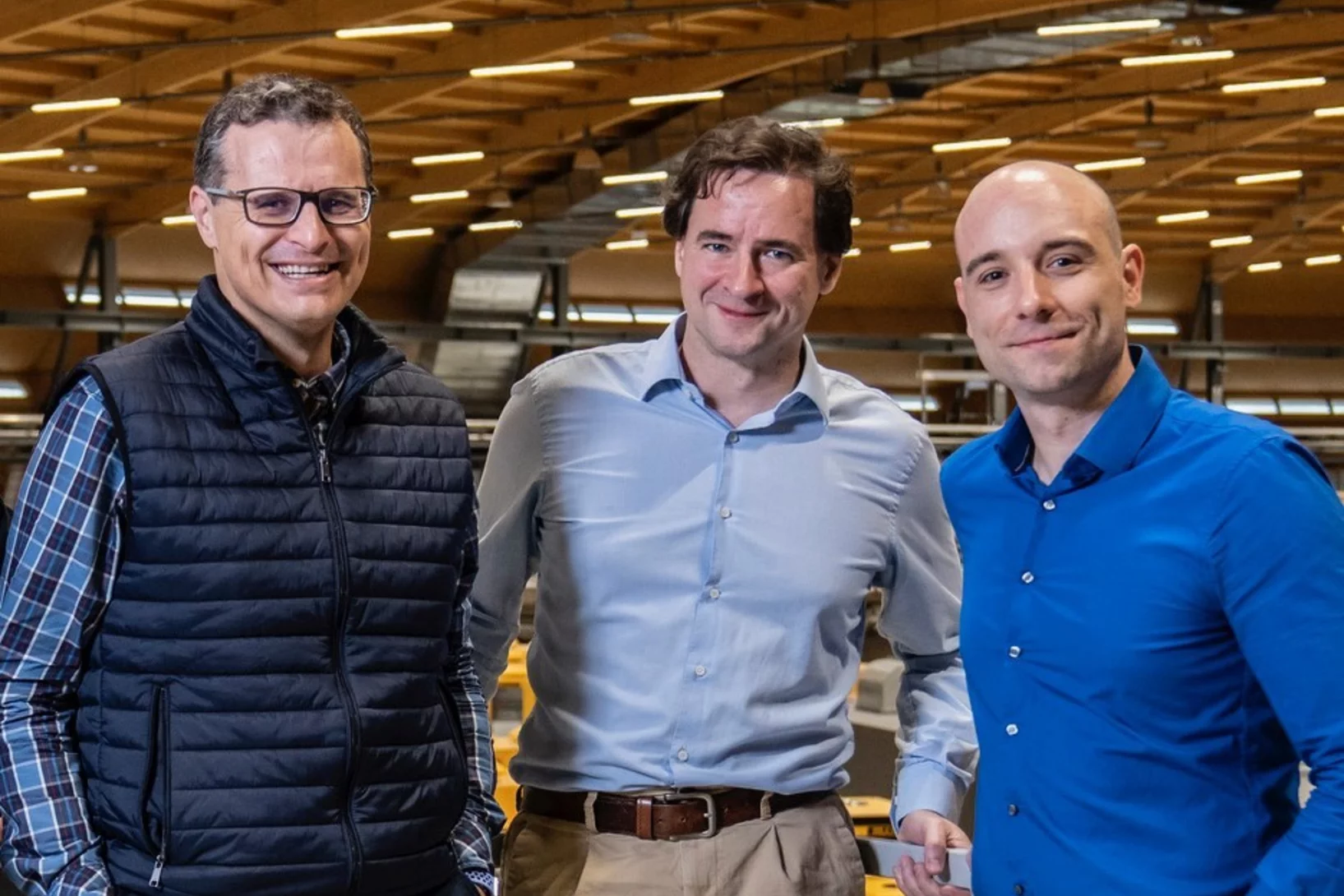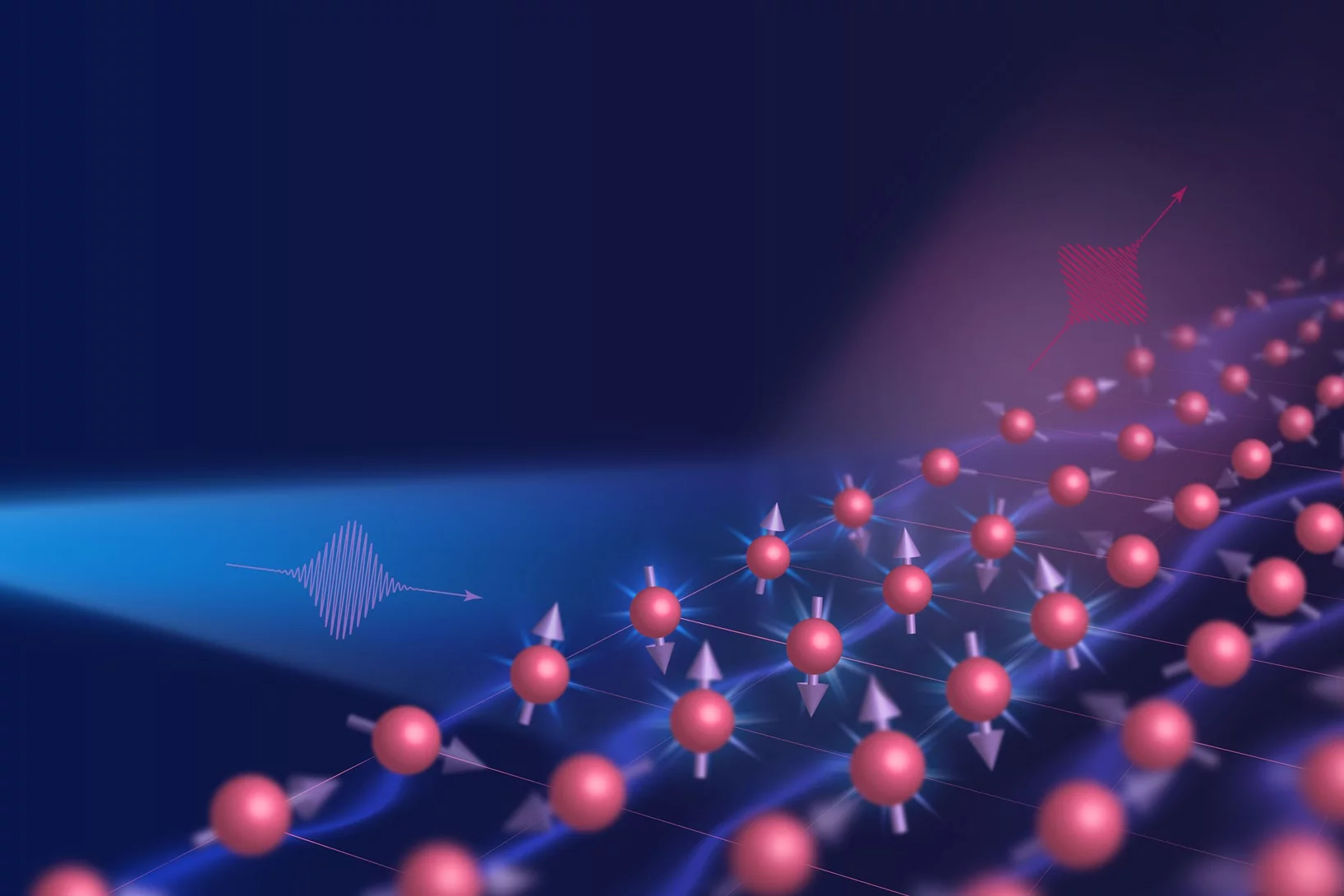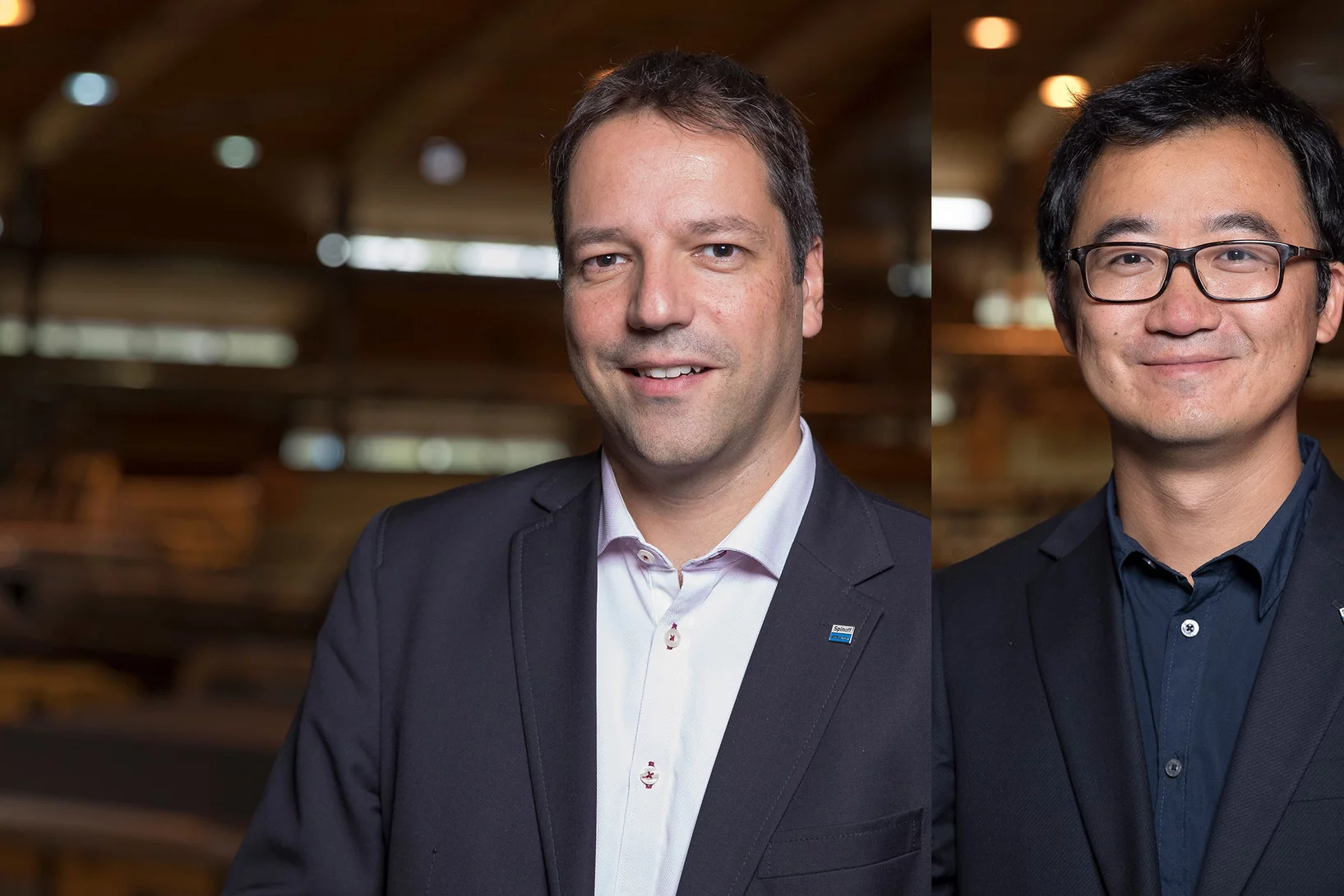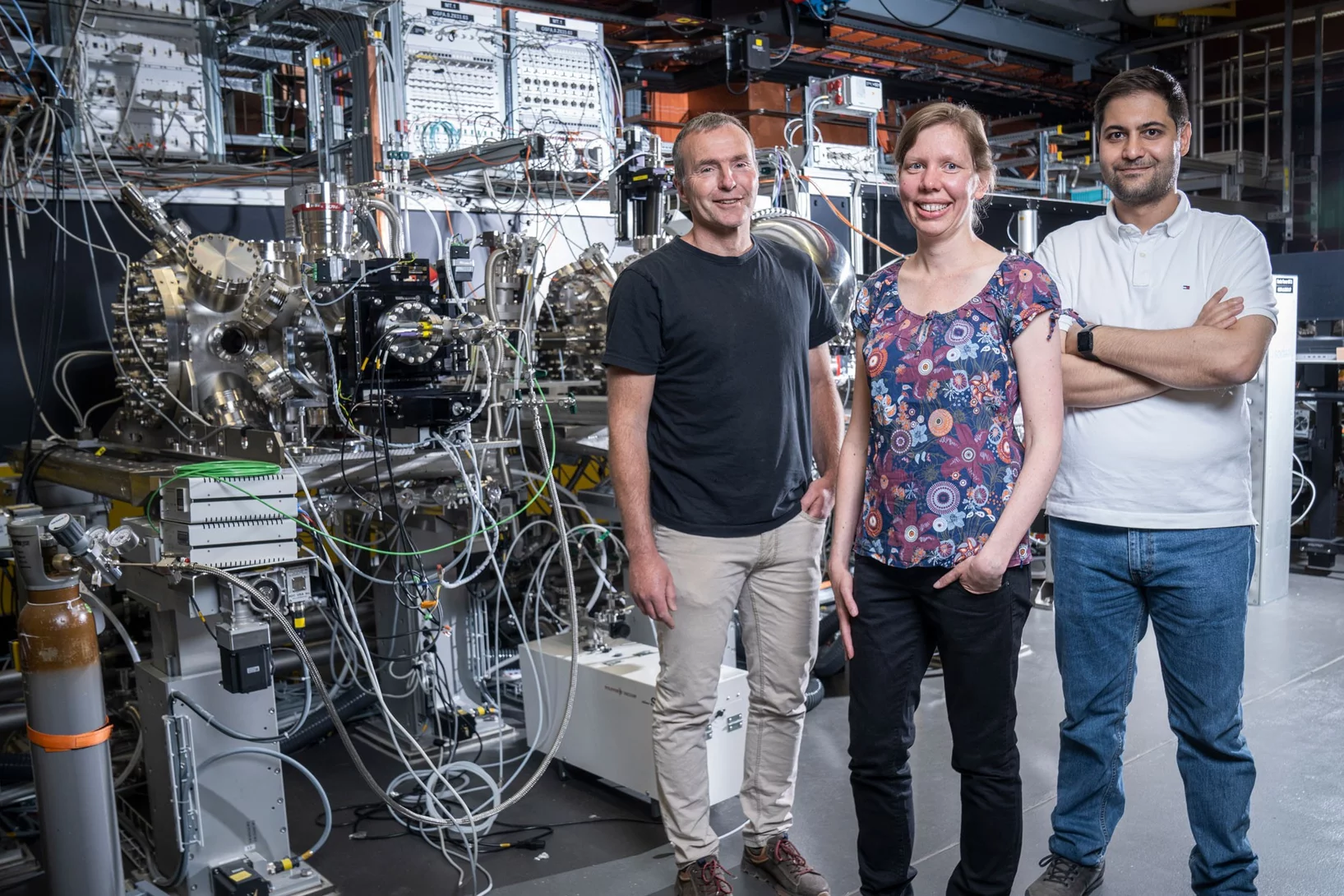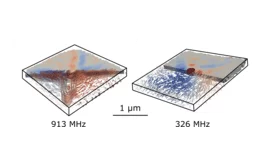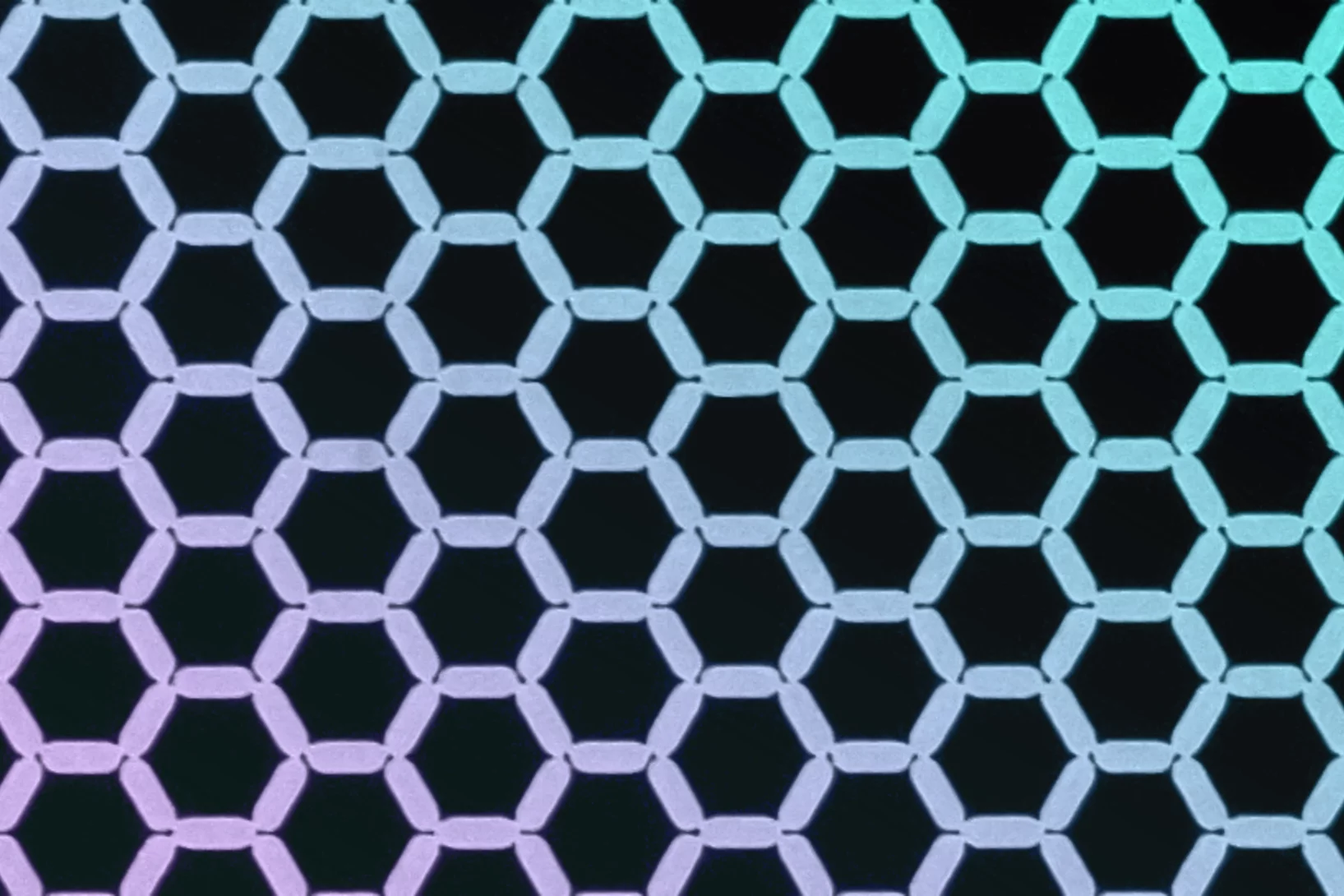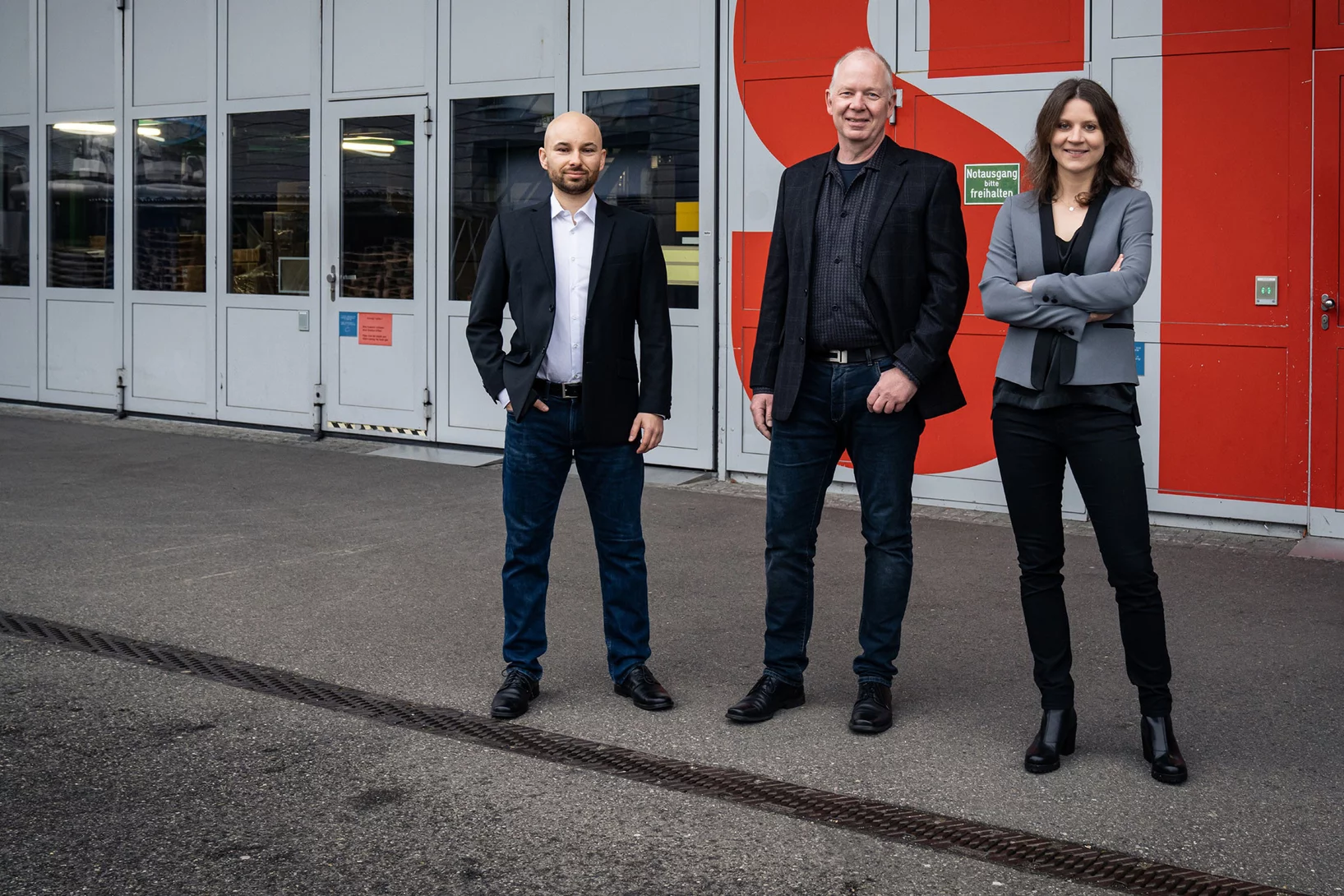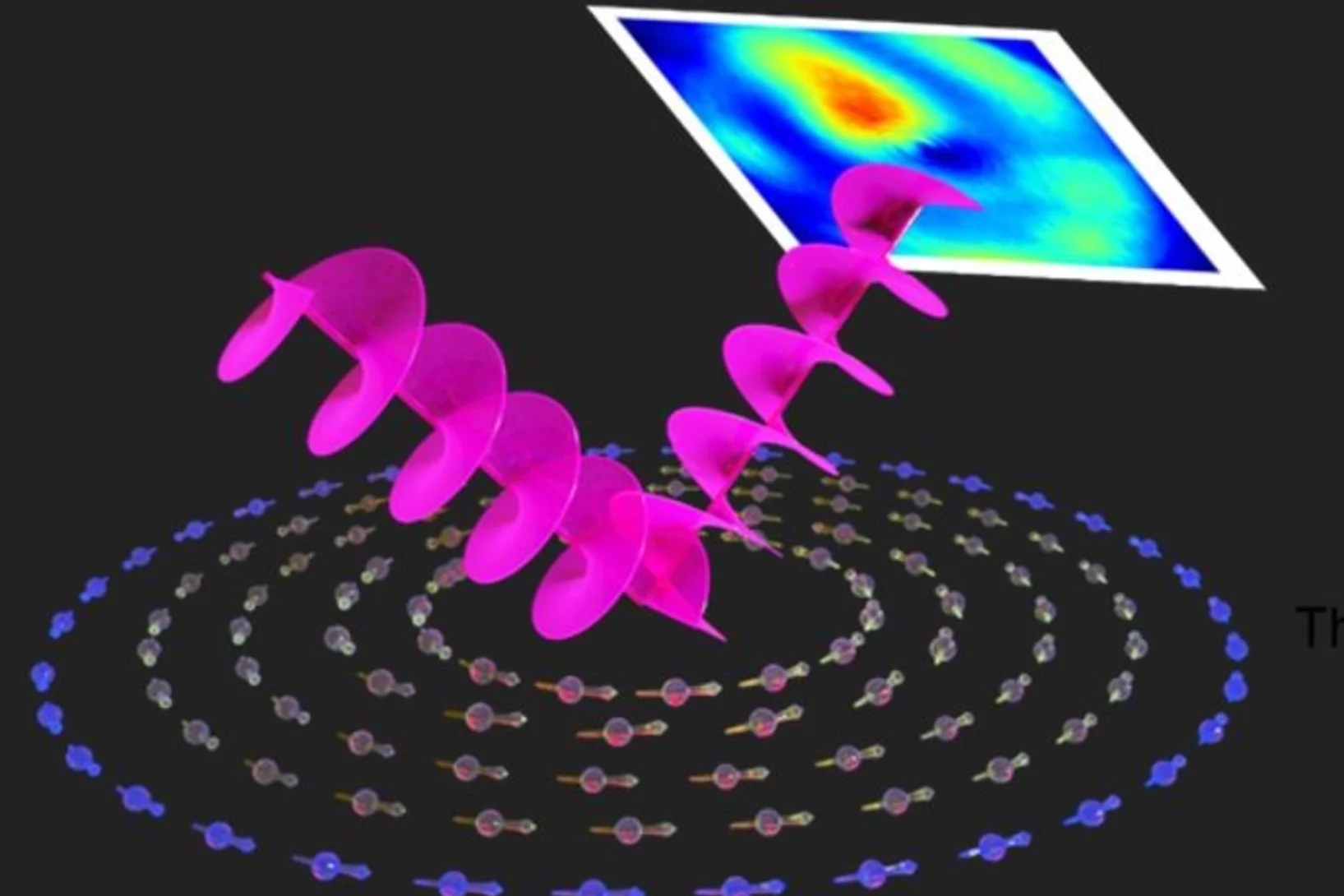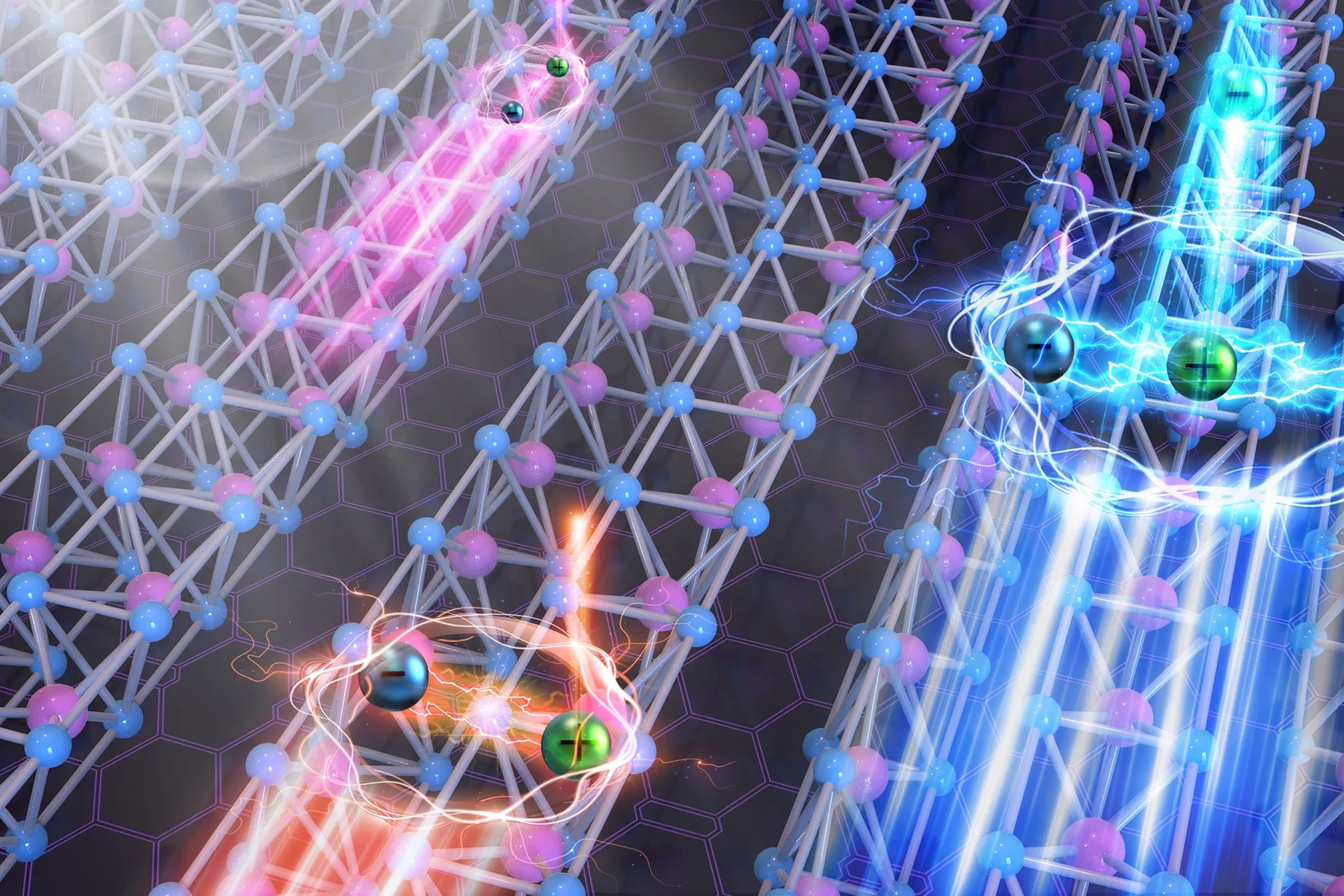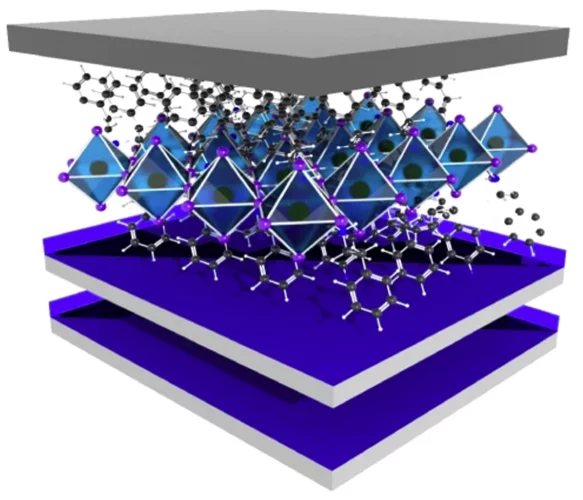On-track for SLS2.0: First magnet series measured
Successful measurement of the first 112 magnets puts the PSI magnet section on-schedule to measure all of the 1000+ magnets needed for SLS2.0 by July 2024.
PSI researcher Patrick Hemberger honored in the Rising Stars special issue in Energy & Fuels
To celebrate contributions of highly influential early and mid-career researchers in energy research, the journal Energy & Fuels established an annual recognition of Energy and Fuels Rising Stars.
Dr. Manuel Guizar-Sicairos elected as SPIE Fellow member
Dr. Manuel Guizar-Sicairos was elected as a 2022 SPIE Fellow Member for his contributions to coherent lensless imaging, including ptychography and X-ray nano-tomography. The distinction was awarded in the SPIE’s Optics & Photonics conference in San Diego, California.
Nanomaterial from the Middle Ages
Unlocking the secrets of Zwischgold at PSI.
In situ alloying during additive manufacturing
In situ alloying is an effective method to engineer microstructures of additively manufactured Ti6Al4V3Fe alloys.
Alexander Grimm wins 2022 Nicholas Kurti prize
We are happy to announce that Alex has been awarded the 2022 Nicholas Kurti Science prize. The prize recognises his work on non-linear effects in Josephson junctions for quantum information processing.
Capturing control errors in quantum annealing
The real-world application of this type of quantum computing gets one step closer with a new method to capture errors while qubits are talking to each other.
Three PSI research facilities reveal magnetic crossover
Insights from the Swiss Muon Source, Swiss Spallation Neutron Source and Swiss Light Source reveal this coveted characteristic in an exotic layered material.
A piece of PSI history sets off on a long journey
Off to new shores – a high-tech component is on its way from PSI to Australia by sea. In future, it will be deployed at the Australian Synchrotron in Melbourne.
Weird fossil is not our ancestor
X-ray light solves puzzle of human ancestry
A new spin on sample delivery for membrane proteins
Proteins hover in front of the X-ray beam at a Swiss Light Source beamline. Now, spinning thin films bring on board these trickiest of proteins.
The chemical complex that regulates body zinc storage
Zinc deficiency compromises the immune system and is a global public health problem. Through experiments at the Swiss Light Source SLS and BESSYII, researchers gained new insights into zinc storage, with implications for understanding COVID-19 severity.
Solving the unsolvable
PSI and ETH Zurich have founded the Quantum Computing Hub, where top researchers work together on concepts for quantum computers.
Athos just got even better
An ambitious upgrade at the soft X-ray beamline of the free electron laser SwissFEL opens up new experimental capabilities.
A better understanding of water
Potentiometric map of water molecules created
Making it easier to differentiate mirror-image molecules
Researchers have shown that mirror-image substances – so-called enantiomers – can be better distinguished using helical X-ray light.
Reaction insights help make sustainable liquid fuels
Methanol made from CO2 in the air can be transformed into carbon neutral fuels. New mechanistic understanding aids development of this sustainable alternative.
Faster and smarter
PSI is pooling its expertise regarding the evaluation of research data in the new research division Scientific Computing, Theory and Data.
Spin keeps electrons in line in iron-based superconductor
Electronic nematicity, thought to be an ingredient in high temperature superconductivity, is primarily spin driven in FeSe finds a study in Nature Physics.
Nominated: High-precision X-rays of breast tissue
Employing high-resolution X-rays to diagnose breast cancer – PSI researchers nominated for the European Inventor Award.
New SwissFEL soft X-ray endstation welcomes first users
Maloja is go. First user experiments mark a double first, not only for the Maloja endstation but also for the second beamline of SwissFEL, Athos.
How to find anti-cancer agents
PSI researchers have developed a new substance that disables a vital protein in the cell skeleton.
Into the fourth dimension: time-resolved soft X-ray laminography
Combining time-resolved soft X-ray STXM imaging with magnetic laminography, researchers were able to investigate magnetization dynamics in a ferromagnetic microstructure resolved in all three spatial dimensions and in time. Thanks to the possibility of freely selecting the frequency of the excitation applied to the magnetic element, this technique opens the possibility to investigate resonant magneto-dynamical processes, such as e.g. magnetic vortex core gyration and switching, and spinwave emission.
A look into the magnetic future
PSI researchers are the first to observe a specific behaviour of magnetic ice.
Hercules School 2022
PSI hosted again the Hercules School in March 2022. We had the pleasure to welcome 20 international PhD students, PostDocs and scientists to demonstrate our state-of-the-art techniques and methodologies at our large scale facilities, the Swiss Light Source (SLS), the Swiss Spallation Neutron Source (SINQ) and our free electron laser SwissFEL.
Novel X-ray lens facilitates glimpse into the nanoworld
PSI develops a revolutionary achromatic lens for X-rays.
Light springs and magnetic vortices: a new kind of dichroism
In contrast to circular dichroism that is dependent on the polarization, helicoidal dichroism induced by a twisted wave front profile is scarcely known. The first evidence of magnetic helicoidal dichroism has now been observed in an experiment using Spiral Fresnel Zone Plates developed at the Paul Scherrer Institut.
The wondrous world of light antennas
How light receptors can be used to specifically switch processes in cells on and off.
Mobile excitons as neutral information carriers
These quasiparticles have the potential to revolutionise electronics - if they can move. Mobile excitons have now been observed for the first time in a metal.
Lighting up the appealing world of hybrid perovskites
Researchers from Italy, in collaboration with the Paul Scherrer Institut, successfully used the macromolecular crystallography beamline X06DA-PXIII at the Swiss Light Source to characterize promising perovkites materials used in solar cells and other photodetector devices.


